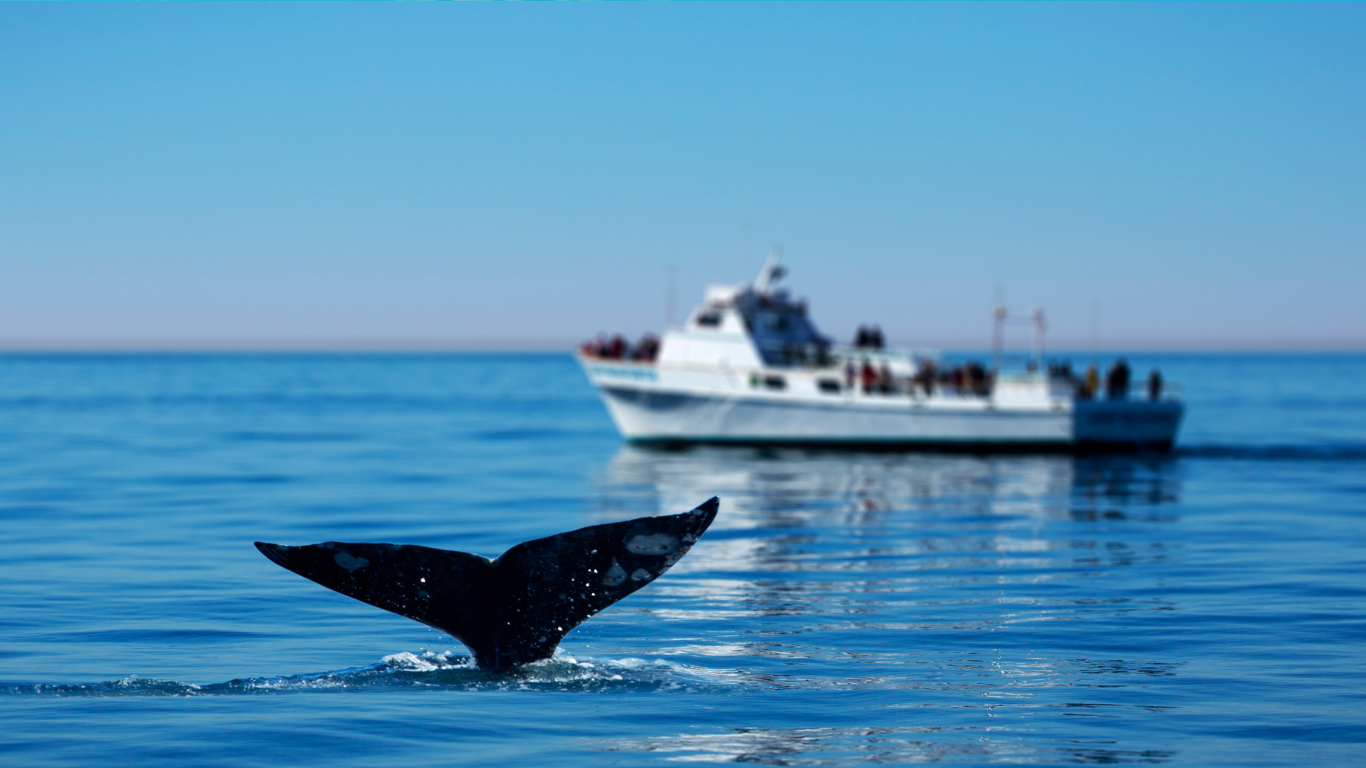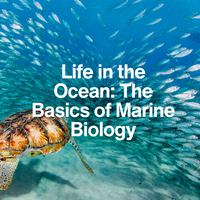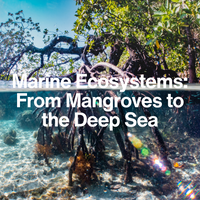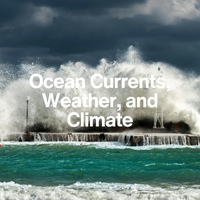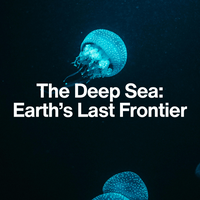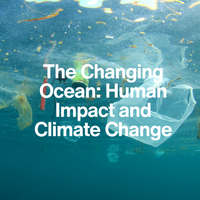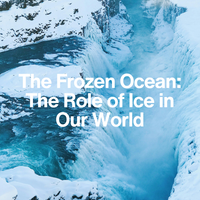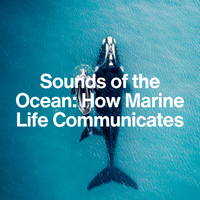LESSON 3
What Are the Songs of the Sea?
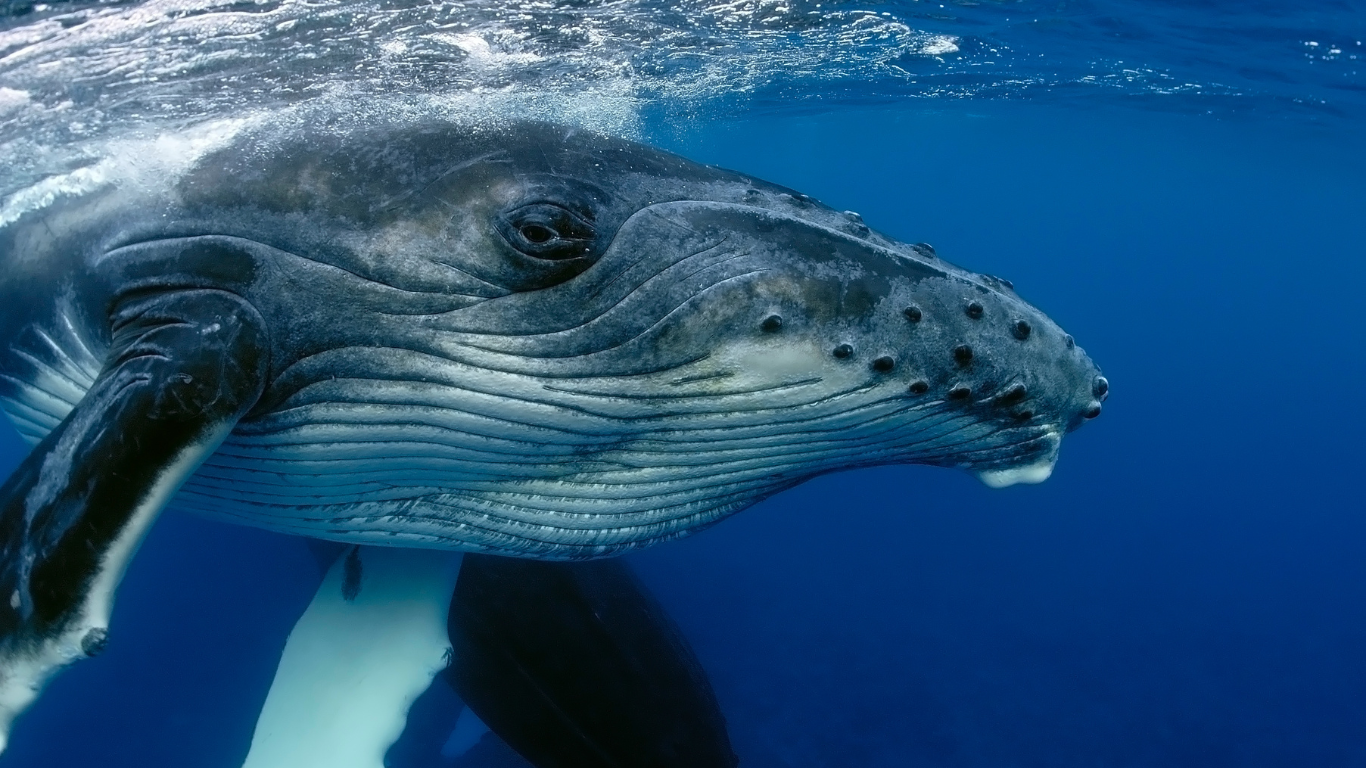
Introduction:
Nature’s Underwater Orchestra
If you could put on headphones and listen beneath the ocean’s surface, you’d hear a rich, otherworldly symphony—rising, falling, clicking, snapping, humming. While whales and dolphins are often the stars of the show, they’re not alone. The sea is full of creatures that sing, click, and crackle, each with a role in this vast underwater soundscape.
In this lesson, we’ll tune into the “songs of the sea”—the incredible sounds made by marine animals big and small, and what they tell us about ocean life.
1. The Singing Whales: Humpbacks, Blues, and More
Some of the most famous and haunting ocean sounds come from baleen whales—especially humpbacks, blue whales, and fin whales.
Did you know?
Humpback whales can sing in patterns that include verses and “themes,” repeating them in structured cycles—almost like musical phrases.
2. Snapping Shrimp: The Loudest Little Creature
You might not expect a tiny shrimp to be one of the ocean’s loudest animals—but snapping shrimp (also called pistol shrimp) create powerful sounds by snapping a specially adapted claw.
- The claw snaps shut so quickly it creates a bubble that collapses with a loud pop—reaching over 200 decibels.
- This shockwave can stun or kill small prey.
- Colonies of snapping shrimp can sound like crackling fire on underwater microphones.
In tropical coastal waters, snapping shrimp are one of the dominant background noises, forming part of the habitat’s natural “acoustic signature.”
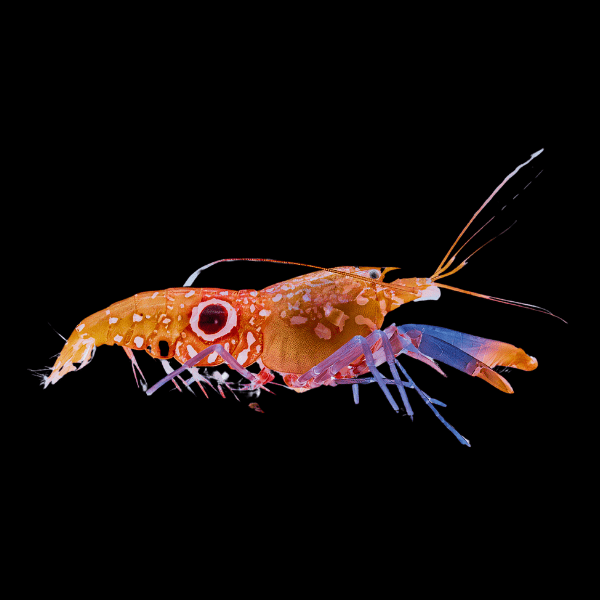
Fun Fact
A blue whale’s call can reach 188 decibels—louder than a jet engine—though it sounds low and soft to human ears due to its deep frequency.
3. Talking Fish: Pops, Drums, and Grunts
Fish may not have vocal cords, but many species produce sound by vibrating their swim bladders or grinding bones and teeth.
Common fish sounds include
Fish use sound to communicate in reef environments, murky waters, and at night—when visibility is limited and sound is more reliable than sight.
Fun Fact
Some reef fish can distinguish between different types of coral by the sounds each reef produces, helping them find healthy habitat.
4. Invertebrate Noisemakers: Crabs and Lobsters
Even animals without a backbone make a racket under the sea.
Together with shrimp and fish, these smaller animals create the acoustic texture of coral reefs, seagrass beds, and shallow coasts—key for orientation, communication, and predator avoidance.
Conclusion
A Chorus of Life
The ocean isn’t quiet—it’s alive with voices. From the deepest whale songs to the sharp snaps of shrimp and the croaking of fish, marine animals use sound to survive, socialize, and shape their world.
But these songs are now competing with an increasingly noisy backdrop of human-made sound. If we want to protect ocean life, we must protect the ocean’s ability to sing.
Key Takeaways:
Whales produce some of the loudest and most structured sounds in the sea—used for mating, navigation, and communication.
Snapping shrimp create explosive clicks to hunt, forming a dominant part of reef soundscapes.
Fish grunt, pop, and drum to communicate—especially during mating and territory defence.
Invertebrates like crabs and lobsters also contribute to the underwater soundscape.
The songs of the sea are vital for healthy marine ecosystems—and are increasingly at risk from human noise.
NEXT LESSON
How Does Noise Pollution Affect Marine Animals?
We’ll dive into the consequences of human-made sound—from stressed-out whales to disoriented fish—and how we can turn down the volume.
